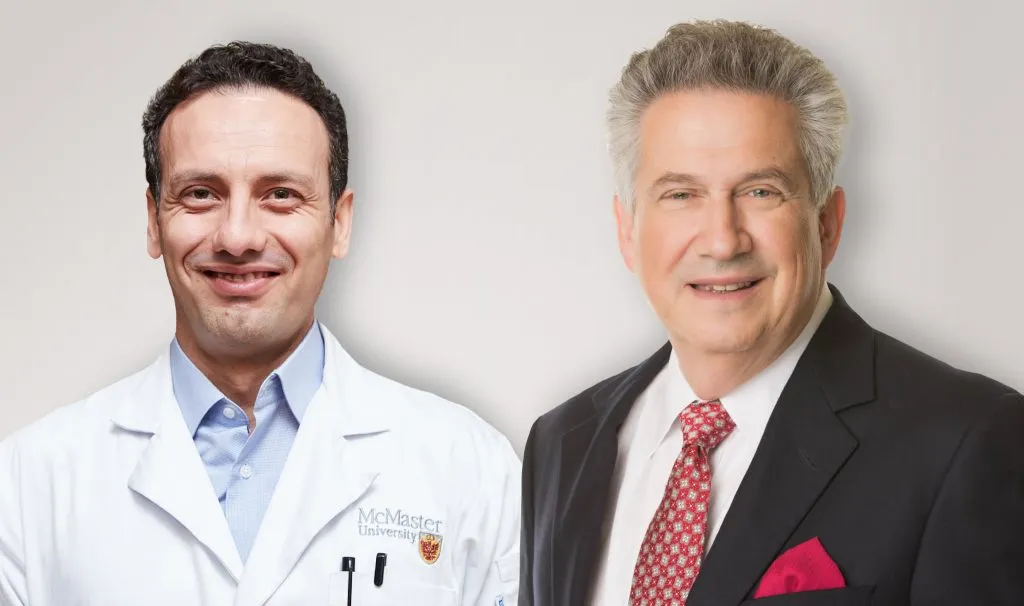In the realm of cardiovascular health, the quest to improve the performance of blood-contacting medical implants is a critical global endeavor. Researchers are continually seeking innovative strategies to enhance the biocompatibility and tissue integration of vascular grafts, aiming to reduce complications such as thrombosis and infection. A recent study published in the journal *Exploration of BioMat-X* (which translates to *Exploration of Biomaterials*) sheds light on advancements in surface modification strategies that could revolutionize the field of vascular tissue engineering.
Lead author Noor Abu Jarad, a researcher at the School of Biomedical Engineering at McMaster University in Canada, explains, “The surface of biomaterials used in vascular grafts plays a pivotal role in determining their interaction with blood and surrounding tissues.” The study provides a comprehensive overview of fundamental hemodynamic considerations for blood-contacting biomaterials, highlighting the importance of surface modification strategies to attenuate nonspecific adhesion of proteins, improve hemocompatibility, and induce the formation of a confluent endothelial lining.
One of the key areas of focus in the research is the development of surface coatings, including lubricant-infused coatings, which can significantly enhance the performance of vascular grafts. These coatings work by creating a slippery surface that minimizes the adhesion of proteins and cells, thereby reducing the risk of thrombosis and infection. “By modifying the surface of biomaterials, we can create an environment that is more conducive to tissue integration and less likely to trigger adverse immune responses,” says Abu Jarad.
The implications of this research extend beyond the medical field, with potential applications in the energy sector as well. For instance, the development of advanced surface coatings could lead to more efficient and durable energy systems, particularly in areas where materials are exposed to harsh environments. “The principles underlying surface modification strategies can be applied to a wide range of industries, including energy, where the performance and longevity of materials are critical,” explains Abu Jarad.
The study also provides guidelines for the clinical development of surface-modified biomaterials, offering a roadmap for future research and commercialization efforts. As the demand for advanced medical implants continues to grow, the insights gained from this research could pave the way for innovative solutions that improve patient outcomes and reduce healthcare costs.
In the broader context, the research highlights the importance of interdisciplinary collaboration in driving technological advancements. By bringing together experts from fields such as biomedical engineering, materials science, and clinical medicine, researchers can develop comprehensive solutions that address the complex challenges associated with blood-contacting implants.
As the field of vascular tissue engineering continues to evolve, the findings from this study could shape future developments in the design and fabrication of biomaterials. By focusing on surface modification strategies, researchers can create materials that are not only more biocompatible but also more effective in promoting tissue integration and reducing complications. This, in turn, could lead to significant advancements in the treatment of cardiovascular diseases and other conditions that require the use of blood-contacting implants.
In conclusion, the research published in *Exploration of BioMat-X* offers valuable insights into the potential of surface modification strategies to enhance the performance of vascular grafts. By addressing the fundamental hemodynamic considerations and developing advanced surface coatings, researchers can create materials that are better suited for clinical applications. As the field continues to progress, the findings from this study could have far-reaching implications for both the medical and energy sectors, driving innovation and improving patient outcomes.

